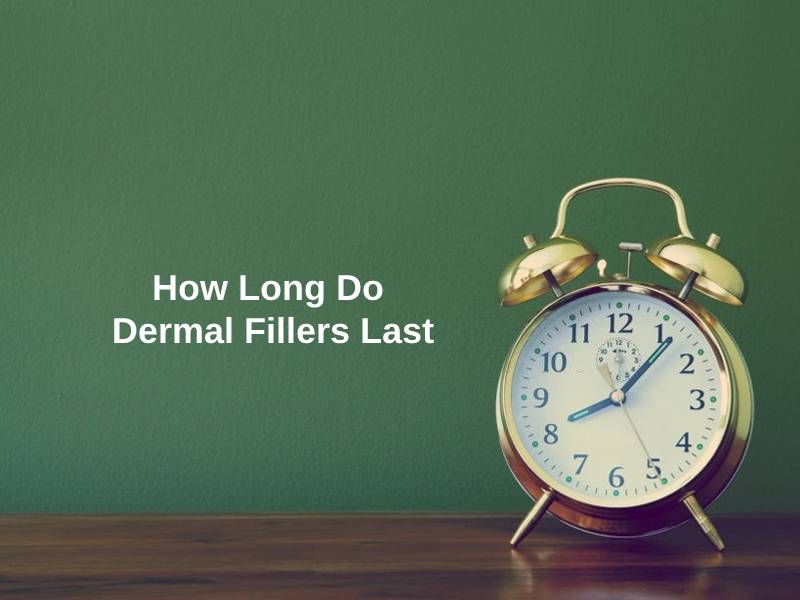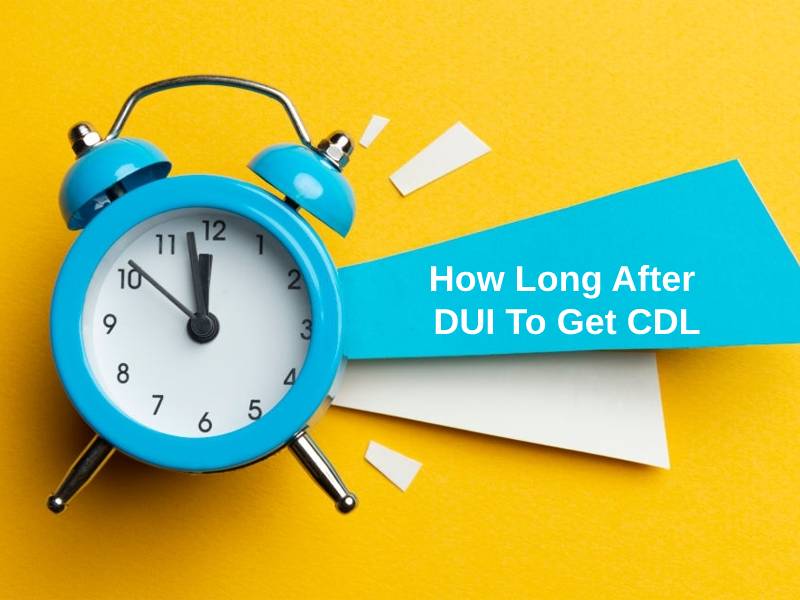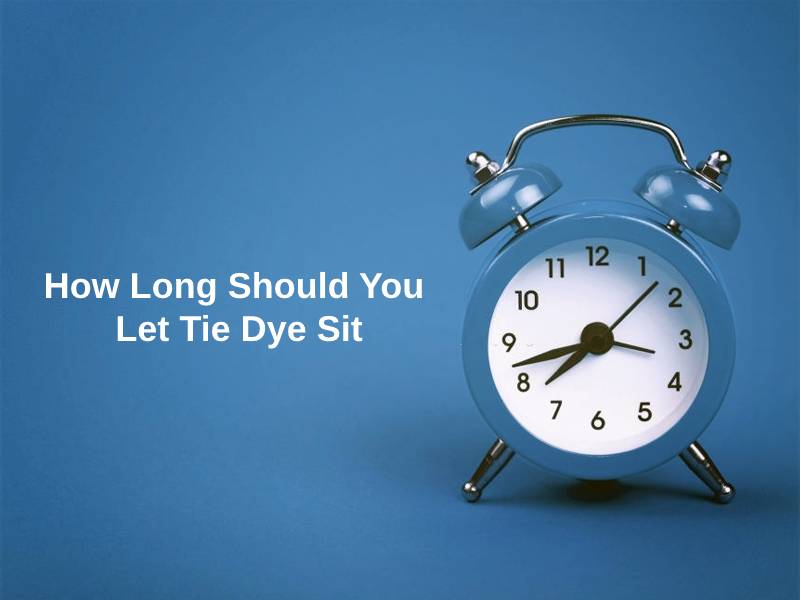Exact Answer: 1-5 Years
Over-the-counter skincare treatments can only do so much in terms of decreasing wrinkles and providing smoother, younger-looking skin. This is one of the reasons why some people use dermal fillers.
Hundreds of men and women are learning how these anti-ageing injections can help minimize the appearance of wrinkles and fine lines around the face and hands. Dermal fillers can also be utilised to increase volume to parts of the face such as the cheeks and lips. These anti-ageing injections are simple to add to any skincare routine for smooth, moisturised, and youthful skin.

How Long Do Dermal Fillers Last?
| Life Of Dermal Fillers | Time |
| Minimum | 6-12 Months |
| Maximum | 2-5 Years |
Your skin loses suppleness as you get older. Moreover, the muscles on your face start contracting. Wrinkles and skin that isn’t as smooth or plump as it once was can result from these changes. Dermal fillers are precisely meant to get injected into your face. This treatment is done to restore your facial features and make you look youthful again.
The volume of our faces diminishes as we get older. Our faces have a more cherub-like aspect while we’re young, and this facial volume is linked to youth. However, both the bone structure and the fatty compartments of the face lose volume as we age. Dermal fillers allow your doctor to treat this volume loss directly with a substance that can rebuild the structure of the face and restore the volume you desire.
Dermal fillers, known as “wrinkle fillers,” can smooth outlines, restore lost volume, and plump up the skin, which can help address these age-related concerns. Dermal filler injections are a low-risk, low-downtime technique. Individual results will vary, as with any other skincare technique.
Dermal fillers can last anywhere from 6 to 12 months to 2 to 5 years depending on the type. Hyaluronic acid is a natural chemical that aids in the development of collagen and elastin, and it’s found in the most regularly used dermal fillers. As a result, it adds structure and plumpness to your skin, as well as a hydrated appearance.
Why Do Dermal Fillers Last That Long?
Aside from the type of filler used, several other factors can affect the lifespan of dermal fillers. The location of the filler on your face, the amount injected, and the rate at which your body metabolises the filler material are all factors that affect the longevity of dermal fillers. Fillers will begin to disintegrate slowly within the first few months after being injected.
However, due to the propensity of fillers to absorb water, the visual consequences stay the same. However, you will notice a drop in volume at the halfway point of the filler’s expected duration. When you turn towards a touch-up filler treatment at this time, it helps you a lot. We are saying this because it further increases the life of your dermal fillers.
You should consult with your doctor to determine the best dermal filler for you. Before your visit, conduct some research and jot down any questions you have. Check the Food and Drug Administration’s (FDA) approved list of dermal fillers as well.
The organisation also keeps track of any unapproved versions that are available for purchase on the internet. When picking a filler, the most crucial consideration is whether or not it is reversible. The placement of the injection and the appearance you’re striving for are the next things to consider once you’ve decided what’s best for you.
Find a dermatologist or plastic surgeon who is board-certified for the best results. They can assist you in determining which filler is right for you. They can also explain the distinctions between the many types of fillers and how each one addresses different locations and problems.
Conclusion
As the popularity of these operations grows, so does the number of materials accessible for injection. The thickness and specific features of each of these goods vary. This is why it’s so important to work with a board-certified plastic surgeon who can assess your facial structure and recommend a product and injection technique that will give you the natural results you want.
It is a good idea to go for a certified and good dermatologist or plastic surgeon. This is because dermatologists who only use FDA-approved dermal fillers to limit the risk of major adverse effects are way better. These professionals have had extensive medical training and understand how to avoid or mitigate undesirable consequences.


























